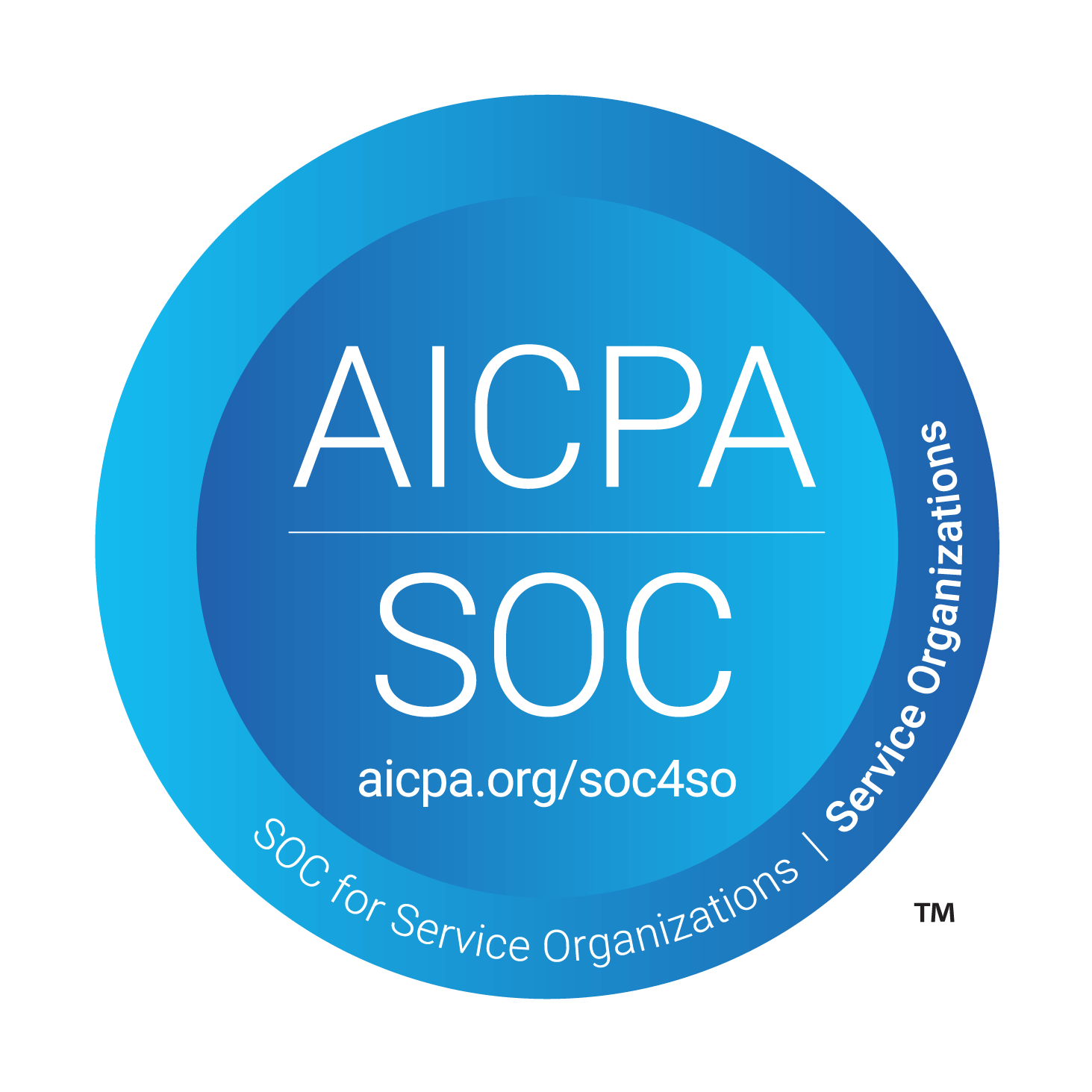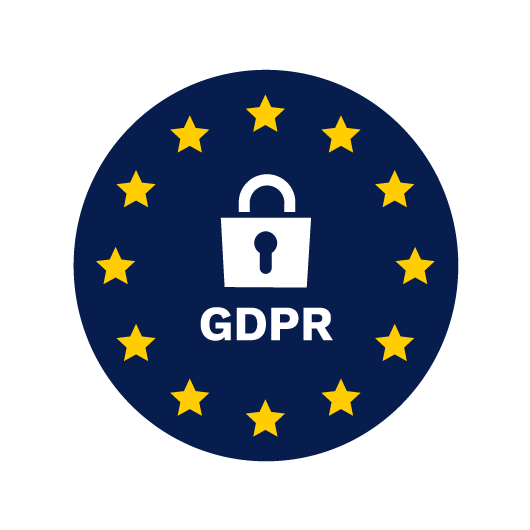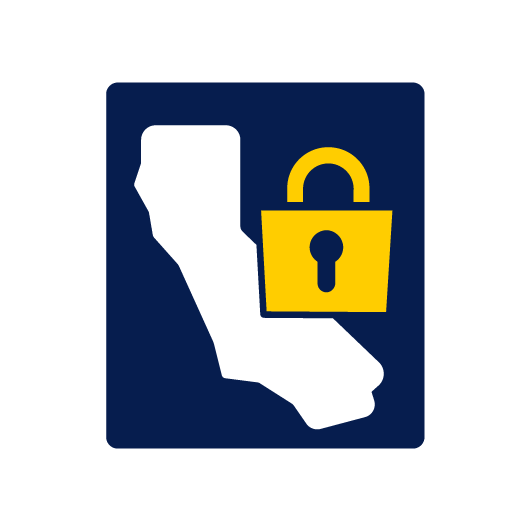Creating a Fire Inspection Checklist: Essential Steps for Company Safety
Every safe workplace needs a well-structured fire inspection checklist to help mitigate fire hazards, remain compliant, and create an environment where you can be confident employees and assets are protected. Keep reading to find out what it takes to create an effective fire inspection checklist and how you can streamline your fire inspections with software.
What Is a Fire Inspection Checklist?
A fire inspection checklist is a standardized guide used to systematically evaluate a building’s fire safety measures. This detailed document walks you through the inspection of critical areas like fire alarms, exits, fire extinguishers, electrical systems, and evacuation plans to help you identify any potential fire hazards and confirm regulatory compliance. Using a fire inspection checklist on a regular basis allows you to prevent and manage potential risks before they become serious threats, promoting a safer work environment.
Checklists are essential to fire safety. They help ensure all fire inspections are thorough, standardized, and free of human error.
Key Elements of a Fire Inspection Checklist
There isn't a universal fire inspection checklist to follow. Your organization's checklist will be customized based on your facility, equipment, the work you do, and the applicable regulatory requirements. Most checklists will likely cover the following:
1. Fire Suppression Equipment
The checklist will prompt your inspector to verify that all fire extinguishers are present, accessible, and in good working order. In general, the National Fire Protection Association (NFPA) recommends that workplaces with Class A combustible materials like paper, fabrics, wood, and plastics keep one 2-A fire extinguisher for every 3,000 square feet.
They will also confirm that sprinkler systems and other fire suppression systems are functional and that all equipment maintenance records are updated and easily accessible.
2. Electrical Safety
The checklist will walk inspectors through all outlets, cords, and other electrical equipment to assess for wear, damage, and/or signs of overheating. This process will also include verifying that circuits aren’t overloaded and that cords aren’t placed underneath carpets or close to high-traffic areas. Lastly, your inspector will be prompted to verify that electrical panels are unobstructed and readily accessible in case of an emergency.
3. Building Structure
Checklists should also include an assessment of your facility’s structure and exits. Inspectors will evaluate the structural integrity of your facility and confirm that your exits are unobstructed, accessible, and clearly identified.
4. Evacuation Routes and Emergency Lighting
In addition to ensuring all evacuation routes and exits are clearly marked, accessible, and free from obstruction, inspectors will also be prompted to check that emergency lighting is functional along evacuation routes and other key areas. They will also be asked to review the placement of evacuation maps and signage. Both should be clear, unobstructed, and in highly visible locations.
5. Fire Alarms and Detection Systems
The checklists should prompt inspectors to test fire alarms and smoke detectors to confirm they’re functioning properly. This stage will also check for obstructed or tampered smoke detectors. Additionally, inspectors should review and document the last maintenance checks for all alarm and detection systems.
6. Storage of Flammable Materials
Your fire inspection checklist will include a list of all flammable substances used and stored by your facility. The checklist will prompt inspectors to verify each substance is stored in an appropriate, secure container. Inspectors should also confirm that combustible materials are stored and used in locations with proper ventilation, far from heat sources. Lastly, the checklist will prompt inspections to confirm that all substances are labeled and stored according to the applicable fire codes.
7. Employee Fire Safety Training
Fire safety checklists aren’t just about assessing the facility itself. They also assess how prepared your employees are to prevent and manage fire hazards. Your checklist will prompt inspectors to review employee fire safety training records to ensure it is held regularly and documented. Inspectors will also be prompted to assess the employees’ familiarity with evacuation routes and emergency procedures, including the locations of fire alarms, extinguishers, and emergency exits.
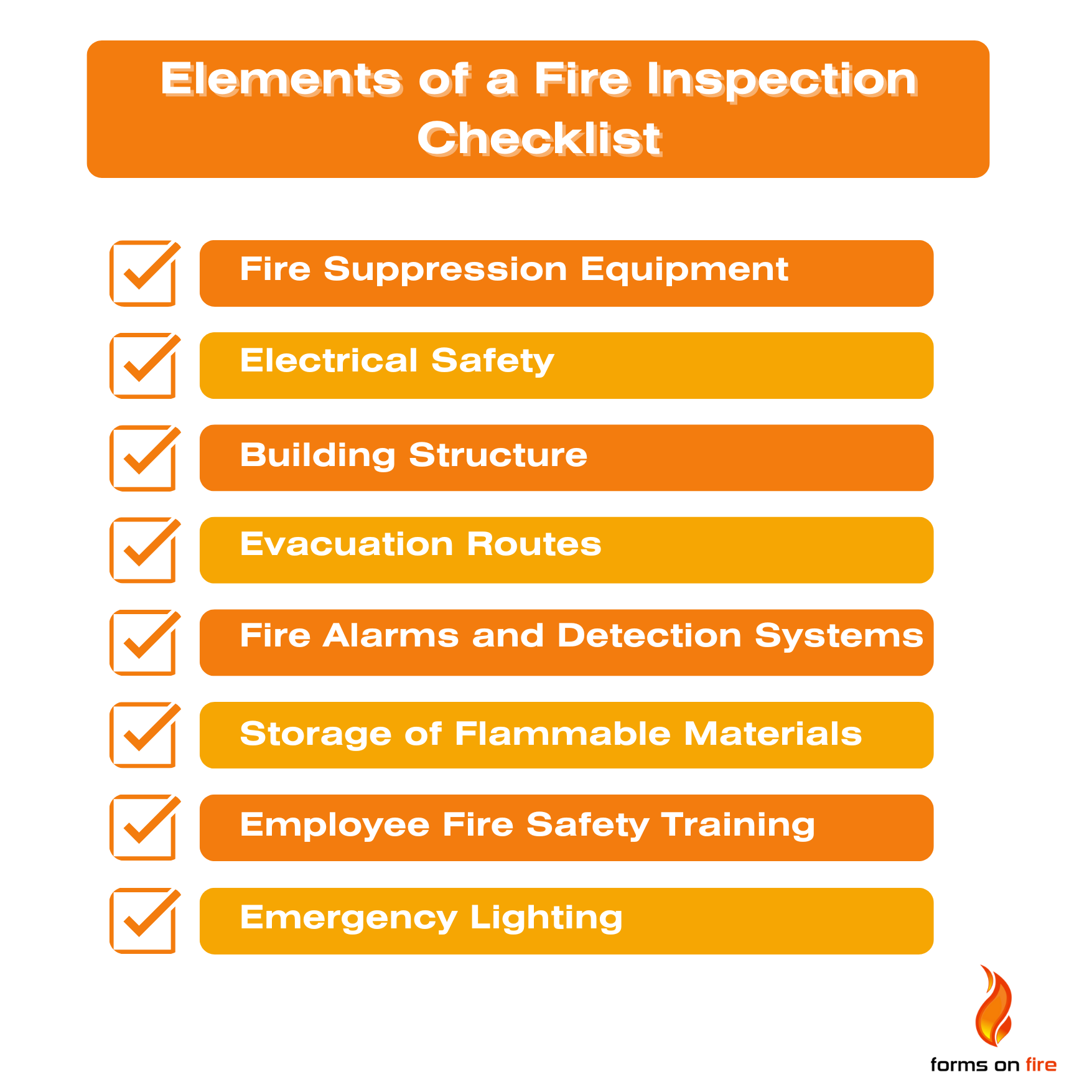
Steps to Building an Effective Fire Inspection Checklist
1. Identify Key Risks Specific to Your Business
The fire hazards you need to look out for will vary depending on your industry, operations, and facility. The bulk of fire risks in a manufacturing facility relate to machinery, whereas offices are more likely to experience electrical hazards. Between 2017-2021, structure fires accounted for the largest share of civilian injuries and direct property damage. The leading causes of structure fires in industrial and manufacturing facilities were equipment and heat source failure. For industrial properties, equipment failure was most often tied back to electrical distribution, lighting, and power transfer equipment. For manufacturing properties, the equipment category most to blame was shop tools.
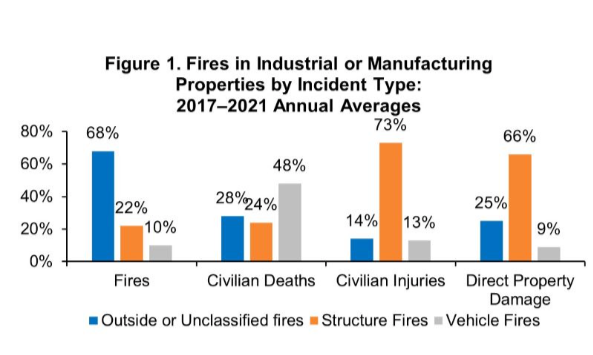
During the years 2013-2022, non-residential properties like office, public assembly, educational, institutional, and retail buildings, the most common cause of fire was cooking-related incidents.
The most common cause of fire for non-residential properties like office, public assembly, educational, institutional, and retail buildings was cooking-related incidents. Additional significant fire causes included:
- Intentional ignition
- Carelessness
- Heating
- Electrical malfunction
- Open flame
Understanding your facility type and how your team operates is crucial to pinpointing the most dangerous fire hazards to watch out for. Take a look around, noting not only the predictable industry risks but also the equipment and behavior specific to your employees such as cooking appliances and personal heaters.
Once all potential hazards are accounted for, customize your checklist based on the unique set of fire risks associated with your organization.
2. Incorporate Local Fire Code Requirements
Local fire codes are another key consideration. Regulations vary based on location, so be sure to research all applicable fire codes and incorporate them into your checklist. If you aren’t sure where to start, your local fire department is a good place to find guidance on all things building code compliance and fire inspection requirements specific to your municipality.
In addition to local codes, your organization may be required to comply with the following:
- State building codes
- National Fire Protection Association (NFPA) standards
- OSHA (Occupational Safety and Health Administration) standards
- Industry-specific organization guidelines
- Insurance provider safety requirements
If you’re looking for a centralized source of information as a point of reference, guidelines set by the International Code Council (ICC) and the U.S. Fire Administration (USFA) are both good resources on nonresidential fire prevention and compliance. They are often adopted or adapted by local governments.
Organizations that seek help complying with all applicable local and industry-specific requirements may also benefit from hiring a fire safety consultant or engineer.
3. Schedule Regular Inspections
The work doesn’t stop once you have a complete fire inspection checklist in hand. Consistency and regularity are vital to effective fire safety inspections. Schedule out your inspections according to your level of risk, regulatory requirements, and internal organization policies. A high-risk environment may implement weekly inspections, whereas a low-risk area may opt for monthly inspections instead.
4. Document and Track Inspections
Documentation is crucial for both safety and regulatory compliance. By keeping current, accurate records of each inspection, you can note any reoccurring issues and follow-up to ensure they’ve been taken care of.
5. Review and update regularly
Workplaces are rarely stagnant. Over time, there are bound to be drastic changes in the structure of your teams, layout of your facility, equipment you use, and much more. If you want to maintain a work environment safe from fire hazards, you need to revisit your checklist on a quarterly basis and update as needed.
How Forms on Fire Can Streamline Fire Inspections
Creating a thorough fire inspection list is important, but it can’t improve the safety of your workplace if you don’t manage it well. No-code platforms like Forms on Fire transform your static checklist into a dynamic, interactive tool that helps make your fire safety inspections more efficient, accurate, and accessible. Here’s how:
1. Customized Templates
With Forms on Fire, you can build your interactive checklist from scratch or customize one of our templates to meet your needs. You can also save your own templates, which comes in handy when you need to make a quick update.
2. Ease of Access for Field Staff
Your forms are accessible in an app via mobile device. This means your employees can access and complete fire inspection checklists from their own devices, anywhere, anytime– even without internet access.
3. Automated Record-keeping
The app automatically stores completed checklists in a cloud-based system. As a result, your inspection records are well-documented, organized, and available for review at any time.
4. Real-Time Reporting
Thanks to real-time reporting, any identified hazards flagged during an inspection can trigger real-time alerts to all relevant team members. This helps your team address fire risk faster and more efficiently.
5. Enhanced Accountability
Because the app tracks which employee completed each inspection, when it was performed, and what the results were, leadership gains access to a digital trail that improves accountability and helps make sure thorough fire inspections are completely according to schedule.
Next Steps
A good fire inspection checklist offers peace of mind. It mandates the thorough inspection of all potential fire hazards on a regular basis, and helps organizations protect their employees, assets, and reputation in the process.
Ready to see how Forms on Fire can streamline your inspection process and help you achieve a safe, compliant, resilient workplace?
Try it free.

